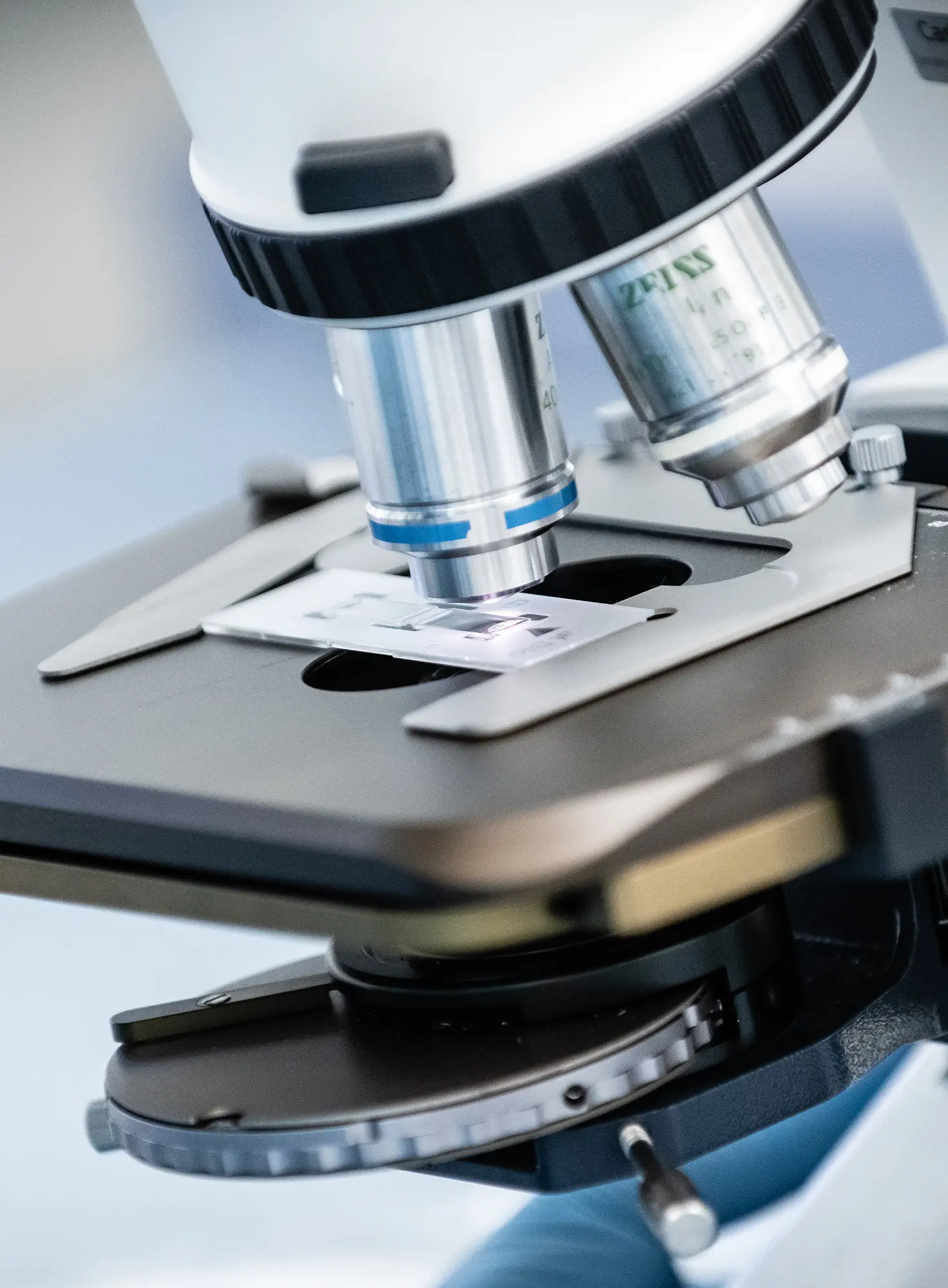In order to reliably answer the question about the quality of a decontamination based on H2O2, the batch of the biological indicator must be homogeneous with respect to existing resistances. For the test, the biological indicators are placed in the plant or isolator and the well-known decontamination procedure is performed as standard. The indicators are then analyzed to determine whether or not they are inactivated. The degree of inactivation can be derived as the quality of decontamination.
SKAN Laboratories quality control team performs the Total Kill Test based on recognized standards with high quality documentation using a reference SKAN H2O2 decontamination system.

